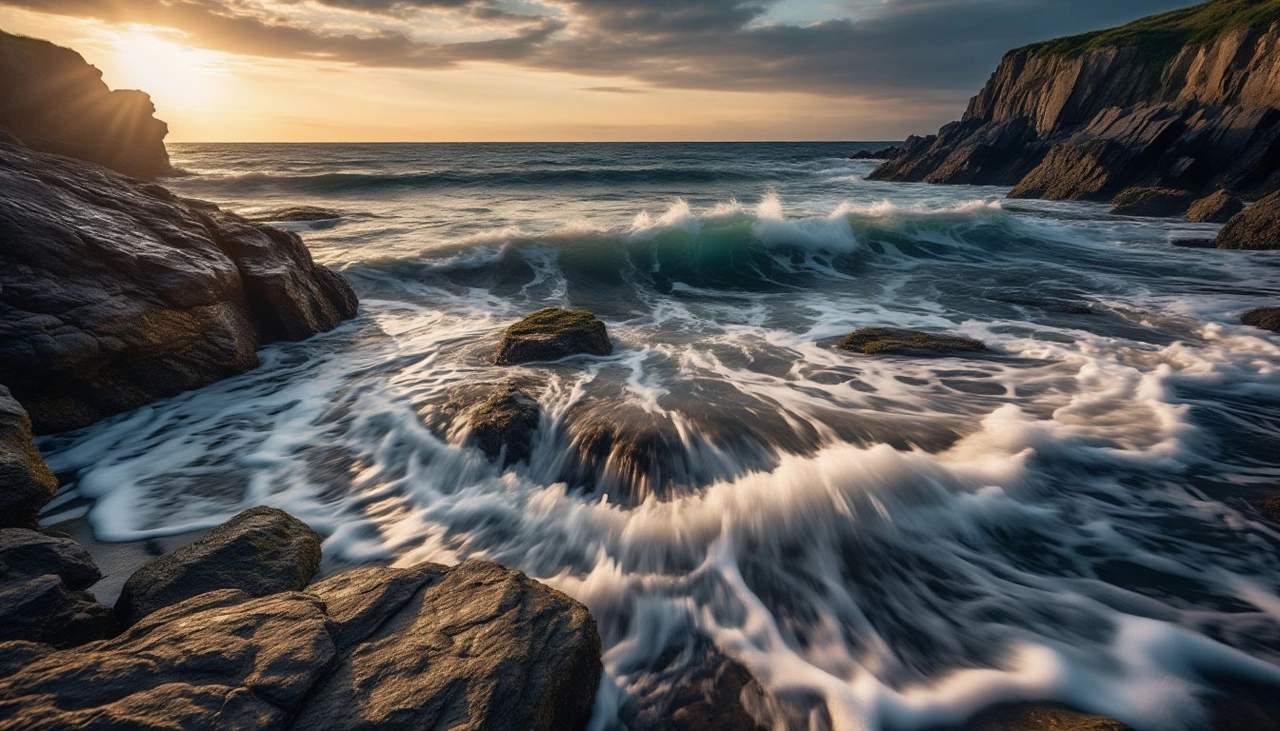🌊 How Many Oceans Are There on Earth? 4 or 5, Including the Southern Ocean? 🐧
For many of us, school geography lessons taught a simple fact: there are four oceans on Earth — the Arctic, Atlantic, Indian, and Pacific. However, on some maps, a fifth ocean appears — the Southern Ocean. This discrepancy has sparked ongoing debates reminiscent of whether Pluto should be considered a planet or not. So, what’s the truth? Is the Southern Ocean truly a separate and full-fledged ocean? Let’s dive into the history, geography, and politics behind this watery enigma and clarify how many oceans really cover our planet.
🌍 Historical Background: The Origin of the Ocean Count
The concept of an ocean as a distinct geographic entity goes back centuries. The first known classification separating a southern ocean was made by Dutch geographer Bernhard Varenius in 1650. However, this was more theoretical, as much of the southern waters surrounding Antarctica were unexplored and poorly understood at the time.
Back then, explorers noticed unique characteristics in these southern seas: stronger winds, icy waters, and the presence of glaciers — features that set these waters apart from other oceanic regions. Even today, the Southern Ocean is defined by the confluence of cold Antarctic currents with warmer waters from the Atlantic, Pacific, and Indian Oceans. This natural boundary shifts seasonally, which complicates drawing fixed borders.

🗺️ The Modern Debate and Official Recognition
Interest in the Southern Ocean’s official status reemerged strongly in the 20th century. It began in 1920 during discussions within the International Hydrographic Organization (IHO), which includes about 100 member countries. After long debates, the IHO decided to acknowledge the Southern Ocean and established provisional boundaries.
However, these boundaries were subject to frequent revision based on scientific discoveries and geopolitical considerations. Only at the dawn of the 21st century — in the year 2000 — did the IHO formally declare the division of the world’s waters into five oceans, including the Southern Ocean as a distinct entity.

❄️ The Southern Ocean in Facts and Figures
The Southern Ocean surrounds Antarctica, stretching roughly from the continent’s coast northwards to about the 60th parallel south latitude. It covers approximately 20.3 million square kilometers, making it the fourth largest ocean by area, after the Pacific, Atlantic, and Indian Oceans.
Its deepest point lies in the South Sandwich Trench, plunging down to about 8,264 meters. This ocean is home to unique wildlife such as emperor penguins, elephant seals, orcas, and Antarctic krill — a tiny crustacean that forms the foundation of the marine food web, feeding numerous fish, birds, and mammals.
One remarkable natural phenomenon here is the Antarctic Convergence, where cold Antarctic waters meet warmer waters from the north, creating nutrient-rich zones that support abundant marine life. Additionally, the Southern Ocean plays a crucial role in regulating global climate by circulating water masses that transfer heat and carbon dioxide between the poles and the equator.

⚖️ Why the Controversy Continues
In 2023, the IHO revisited the issue and formally approved a resolution confirming the Southern Ocean’s status and boundaries, recognizing its unique characteristics and significance.
However, this hasn’t ended all disputes. The IHO’s decisions require ratification by member states to become universally accepted, and not all countries have agreed. Some nations, including Russia, have ambiguous or inconsistent representations of the Southern Ocean on their maps — sometimes recognizing it, sometimes not.
This patchwork of perspectives means that globally, the Southern Ocean remains something of a cartographic Schrödinger’s cat — simultaneously acknowledged and denied, depending on where you look. The debate has lost much of its intensity in recent years but persists quietly, reflecting broader themes of national interests, scientific interpretation, and geopolitical nuances.

🌐 Conclusion: A Fluid Boundary in a Fluid World
The question “How many oceans are there on Earth?” does not have a simple, universally accepted answer. While five oceans are officially recognized by key scientific bodies, geopolitical realities mean that four remain the number many people know from schoolbooks.
Ultimately, the Southern Ocean represents more than just a body of water — it is a symbol of the dynamic and evolving nature of scientific knowledge, the intersection of geography and politics, and the complex way humanity relates to the natural world.
Close